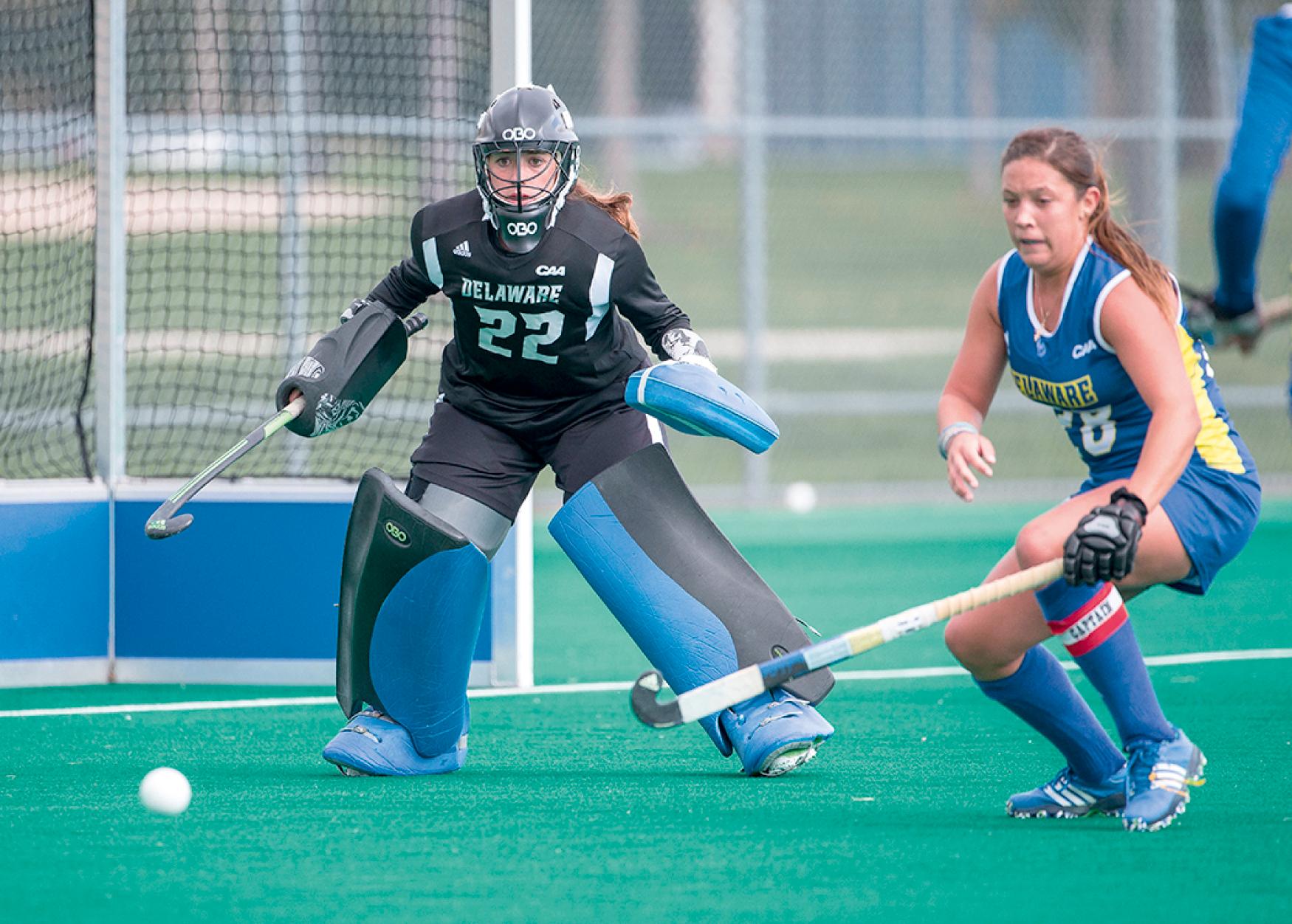Physical Address
304 North Cardinal St.
Dorchester Center, MA 02124
Oldest known stick and ball game in history, existing in the BC era.
Became a popular British sport in 1861, entering as an outdoor Olympic sport for males in 1908 and for females in 1980.
Primarily an outdoor sport, indoor field hockey (FH) is becoming more popular, with an Indoor Hockey World Cup in place since 2003. Although both bear many similarities, this chapter is specific to outdoor FH.
Stick: Consists of a handle and J- or U-shaped curved head; flat only on the left-hand side; maximum length of 41 inches; made of composite materials.
Ball: Spherical, hard, and smooth (indentations permitted); circumference between 8-3⁄16 and 9-¼ inches; weight between 5-½ and 5-¾ ounces (slightly larger than a baseball).
Goal cage: Seven feet high, 12 feet wide, and 4 feet deep; consists of posts and surrounding nets; 18-inch high side- and backboards are positioned inside the bottom.
Outdoor field/pitch: Artificial turf or grass; measures 100 yards long by 60 yards wide; divided by a centerline and 25 yard lines on each side; “circles” are marked 16 yards from each goalpost. Penalty spots are marked 7 yards from the center of each goal-line. Artificial turf is water- or sand-based for player safety (allowing slide with stop) and improved flow of game (providing a smooth, faster surface).
Goalkeeper: Footwear, kickers, leg guards, and headgear with fixed full-face protection and circumferential cover (international); throat, chest, and hand protectors (college); and wrap around the throat protector and attached mouth guard (high school [HS]) ( Fig. 70.1 ). Although previously allowed, there can no longer be a field player with designated goalkeeping privileges.

Field players: Footwear, shin guards, mouth guards (international and college), and eye protectors (HS); flat, conforming face masks may be worn for defending penalty corners. National Collegiate Athletic Association (NCAA) players may wear soft-covered frame goggles with a plastic (not caged) frame. Soft headgear may be worn at all levels. Left-handed foam-padded gloves are encouraged but not mandatory.
Become a Clinical Tree membership for Full access and enjoy Unlimited articles
If you are a member. Log in here